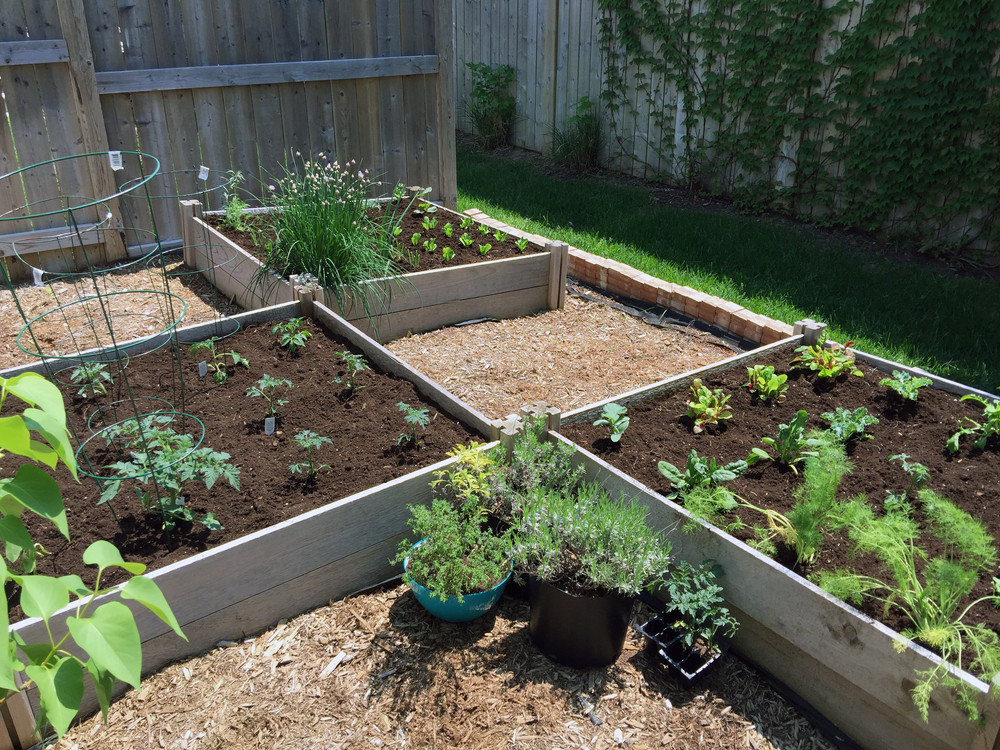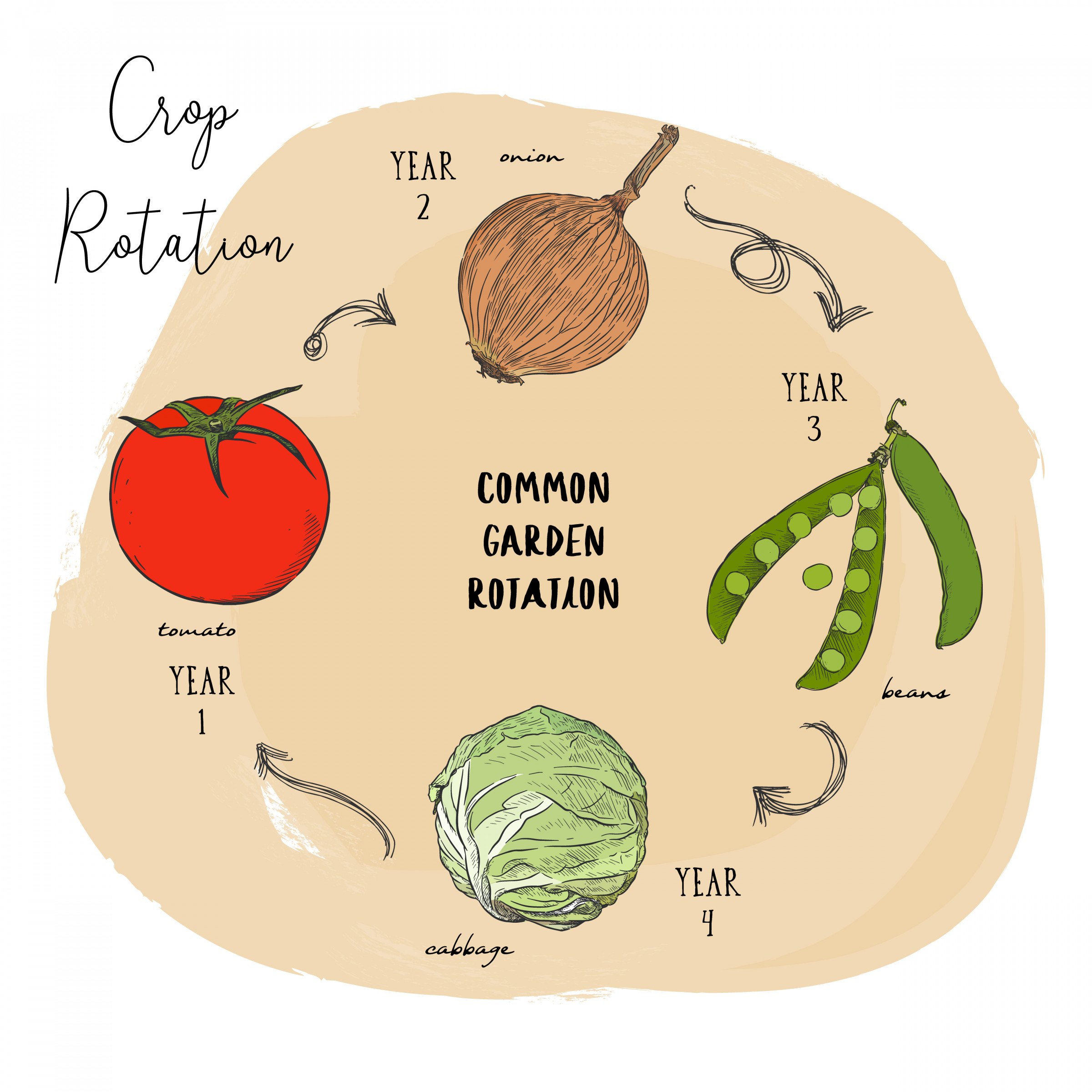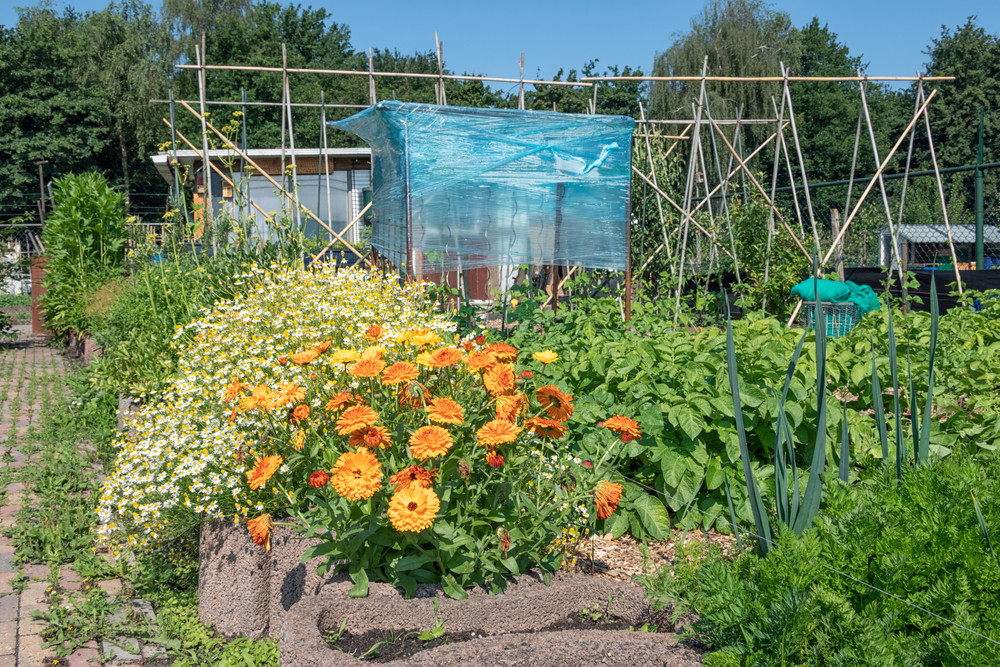Why Crop Rotation is Essential for a Healthy Vegetable Garden

Crop rotation is one of the oldest tricks in the gardener’s book – and for good reason. Whether you're gardening in a small backyard plot or managing a larger kitchen garden, rotating your crops each year is key to keeping your soil healthy, your plants productive, and pests and diseases at bay.
But if you’ve ever scratched your head trying to remember where you planted your brassicas last year, you’re not alone. Thankfully, smart tools like VegPlotter are here to take the hassle out of crop rotation planning and act as your personal garden planner.
What is Crop Rotation?
Crop rotation is the practice of growing different types of crops in different areas of your garden each year. The idea is simple: don't grow the same group of vegetables in the same place two years in a row.

Why? Because:
- Pests and diseases often target specific plant families. Rotating crops breaks the lifecycle of these pests.
- Soil fertility is preserved and balanced. Some crops (like legumes) improve soil nitrogen, while others are heavy feeders.
- Weed control improves, since different crops grow at different times and in different ways.
- Soil structure benefits as root systems vary, helping to prevent compaction and erosion.
Common Crop Rotation Cycles
3-Year Rotation Example
Divide your garden into three sections, rotating each group annually:
-
Year 1:
- Bed A: Legumes (peas, beans)
- Bed B: Brassicas (cabbage, kale, broccoli)
- Bed C: Roots & others (carrots, onions, beetroot)
-
Year 2:
- A ? Brassicas
- B ? Roots & others
- C ? Legumes
-
Year 3:
- A ? Roots & others
- B ? Legumes
- C ? Brassicas
Then repeat!

4-Year Rotation Example
For a more comprehensive approach, especially in larger plots:
- Bed A: Legumes (peas, beans)
- Bed B: Brassicas (cabbage, cauliflower, Brussels sprouts)
- Bed C: Root crops (carrots, beetroot, onions, parsnips)
- Bed D: Fruiting crops (tomatoes, courgettes, sweetcorn)
Each year, rotate these groups clockwise. This ensures even more diversity and balance in soil use and nutrient cycling.
Crop Families Matter
When rotating crops, it's not just the vegetable you’re rotating – it's their plant family. For example, potatoes and tomatoes are both nightshades (Solanaceae), so they should not follow one another in the same bed. VegPlotter uses these family groupings to guide your rotation planning.

How VegPlotter.com Simplifies Crop Rotation
Remembering what you planted last year (let alone three years ago) can be tricky. This is where VegPlotter.com really shines as your digital garden planner.
When you become a VegPlotter subscriber, you unlock features that make crop rotation automatic and intuitive:
- Historical garden plans: VegPlotter stores your past layouts, so you can easily look back at what was planted where.
- Crop family tracking: It automatically groups vegetables by family and warns you if you're planting the same family in the same bed too soon.
- Visual rotation tools: As you drag and drop crops onto your plot, VegPlotter highlights areas that need attention.
- Smart suggestions: Based on your history, VegPlotter can even suggest what to plant where for optimal rotation.
This powerful garden planner takes the guesswork out of rotation and helps you garden with confidence, knowing you're doing what's best for your soil and your harvests.
In Summary
Crop rotation is a simple yet powerful technique to improve yields, reduce pests, and maintain healthy soil. Planning ahead is crucial – and VegPlotter makes that process effortless.
If you're serious about your veg garden, subscribing to VegPlotter is like having a knowledgeable garden planner and crop rotation expert right at your fingertips. Happy growing!


